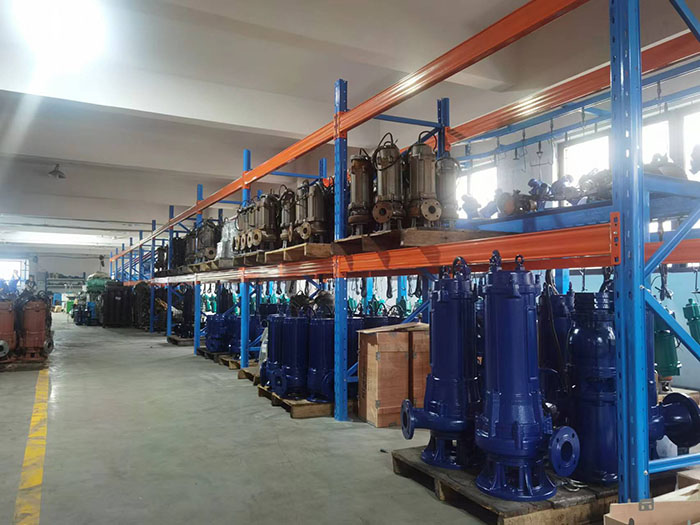When it comes to fish pond pumping, selecting the right pump is crucial for maintaining a healthy and thriving aquatic environment. Fish pond pumps play a vital role in circulating and filtering water, ensuring proper oxygenation and maintaining water quality. In this article, we will explore the essential conditions that pumps used for fish pond pumping need to meet, providing valuable insights for pond owners and enthusiasts.
Flow Rate and Water Circulation: Adequate water flow and circulation are essential for maintaining optimal conditions in a fish pond. The pump should have a sufficient flow rate to ensure proper oxygenation and prevent the formation of stagnant areas. The flow rate required depends on factors such as pond size, fish population, and desired water turnover rate. It is recommended to choose a pump that can circulate the entire pond volume at least once per hour.
Energy Efficiency: Energy efficiency is a crucial consideration when selecting a pump for fish pond pumping. Opting for energy-efficient models can help reduce electricity consumption and minimize operational costs. Look for pumps with high-efficiency motors and consider variable speed options that allow for adjusting the flow rate as needed, further optimizing energy usage.
Size and Capacity: The size and capacity of the pump should be appropriate for the size of the fish pond. A pump that is too small may not provide adequate water circulation, while an oversized pump can lead to excessive turbulence and stress on the fish. Consider the depth and surface area of the pond, as well as the desired flow rate, when determining the appropriate pump size.
Durability and Weather Resistance: Fish pond pumps are exposed to various weather conditions, including heat, cold, and moisture. Therefore, it is essential to choose a pump that is built to withstand these elements. Look for pumps made from durable materials such as stainless steel or corrosion-resistant plastics. Additionally, consider pumps with built-in protection mechanisms against overheating and water ingress.
Noise Level: The noise level of the pump is an important factor, especially if the fish pond is located near living spaces or recreational areas. Selecting a pump with low noise emission ensures a peaceful and enjoyable environment. Look for pumps with noise-reducing features such as vibration-dampening mounts or quiet operation motors.
Ease of Maintenance: Regular maintenance is necessary to keep the pump in optimal working condition. Consider pumps that are easy to access and clean, with removable parts and clear instructions for maintenance tasks. It is also beneficial to choose pumps with self-priming capabilities, as they eliminate the need for manual priming after maintenance or power outages.
Safety Features: Safety should always be a priority when selecting a pump for fish pond pumping. Look for pumps with integrated safety features such as thermal overload protection and automatic shut-off mechanisms in the event of overheating or electrical faults. Additionally, ensure that the pump is properly grounded and meets all relevant safety standards.
Choosing the right pump for fish pond pumping involves considering various factors such as flow rate, energy efficiency, size, durability, noise level, maintenance requirements, and safety features. By meeting these conditions, pond owners can ensure optimal water circulation, oxygenation, and filtration, providing a healthy and thriving environment for their aquatic inhabitants.
